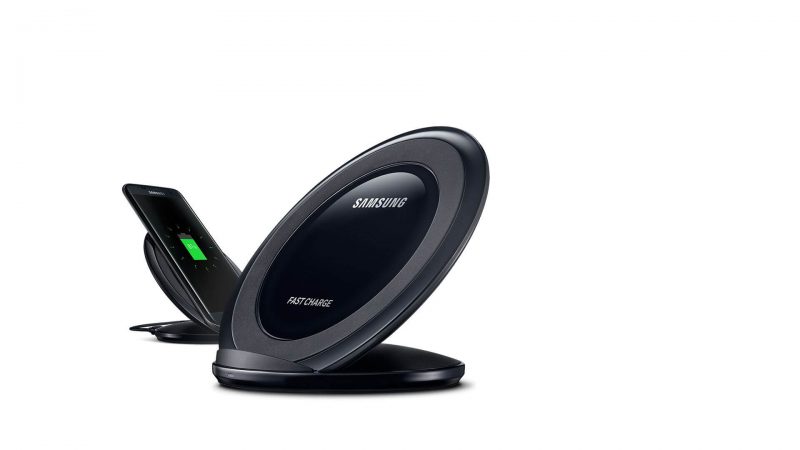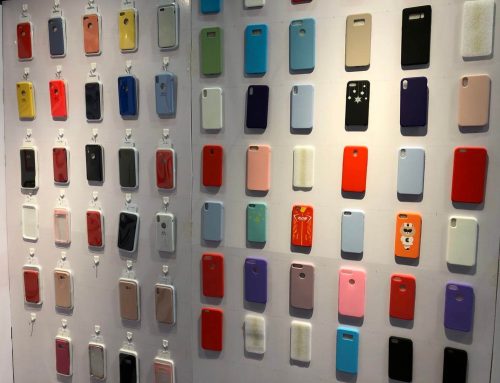Wireless charging was introduced by the Palm Pre. It was basically a feature where you place your phone on a block and it’ll charge. There was no selling point other than feeling cool and futuristic.
It took the world by storm, and people were amazed, but there was still no selling point. All people talked about was a scenario where you are trying to plug the phone in at night and you can’t see where you’re putting the charger.
So, lets dig deep to see why wireless charging is not popular?
The user experience isn’t as seamless as it should be
Many wireless charging technologies require exact placement and alignment of the device on the pad to charge effectively. People should be able to place their devices and regardless of how they placed them, have them charge seamlessly and efficiently. A great user experience is essential for adoption.
Implementation of wireless charging is abit more complex
Most people are unaware that in order to implement wireless charging, the target device requires a receiver embedded within, as well as a transmitter to transmit the energy. The different technologies (induction/resonance/RF..) vary in the type of receivers they possess, both in volume and characteristics. That is why different wireless charging technologies are better suited for different devices in providing a distinct user experience.
The fact that there are competing technologies means that although you may have a wireless charging receiver inside your device, it won’t necessarily work with any type of charging station. This issue, however, is being addressed with standardization led by the AirFuel alliance- enabling interoperability between the different technologies. At the end of the day, the user isn’t interested in knowing which technology is enabling his/her wireless charging – he/she just want it to work.
Its just a matter of time
Adoption of new technologies, especially groundbreaking technologies, often take time. Given that a receiver must be implemented within the device itself, it’s an even more complex business model. With time, adjustments will be made, making it more accessible to users and the implementation of the technology much more simplistic.
Having said this, wireless charging has gone through great strides and soon it’s becoming the new reality. This means we can finally get rid of 1,000 different cables, charge devices easily and have our devices become COMPLETELY waterproof.
Perhaps the most accurate answer on why wireless charging is not popular is:“Because we don’t have it yet”
What we have, are mats, or plates which themselves have wires. These plates use magnetic induction to (slowly) charge a device which is placed carefully on said plate or mat.

That’s not really wireless, it’s just plug-less.
There is limited benefit to this technology. In theory, it is slightly more convenient to place a device upon a charge mat over inserting a plug. That’s probably true if the plug is one of the fiddly USB variants that takes three attempts to seat. But even that convenience is outweighed by slow recharging times.

True wireless charging would mean that beam-shaped power would be directed at the device from across the room. The power source finds all devices in the room and magically squirts microwave juice into them.
There are a number of patents about which describe this sort of true wireless power. But the stray microwave issue might be a source of concern. Your devices might magically recharge on your bedside, but no one wants to wake up with a half-cooked face.
Let’s ask this question when we actually have wireless charging
This is wireless charging

This is NOT wireless charging

I’m sure we all see the white wire coming from the charging pad.
This “king of charging” requires you to place your phone or device onto a pad and align it correctly for it to work. This is actually the opposite of wireless charging as it still requires wires, the only actual difference being that you no longer have to plug it in.
If I want to charge my phone, I still have to plug in the charging pad. If I want to take my phone in the car and charge it there, I still have to take the charging pad (or a conventional charger) with me. I still have to place the phone on the pad.
So what, exactly, is the point? The only benefit, if you can call it that, is I do not have to stick a wire into the phone. I still have to stick a wire into the wall, I just don’t have to stick it in the phone.
Summary, The reason why wireless charging is not popular is that it requires high frequency and high power which is a dangerous combination and my believe is that, It’s not going to happen. But also, it could be that why wireless charging is not popular because it hasn’t been fully developed.






